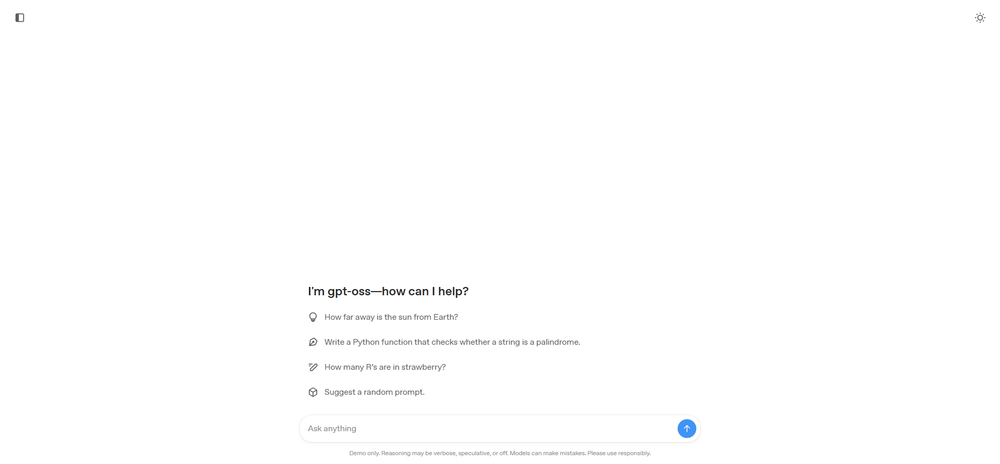Speech-02: An Advanced Speech Synthesis Model for High-Quality and Efficient Voice Generation
Features
1. High-Quality Speech Generation
- Natural and Smooth: Speech-02 generates natural and fluent speech, closely resembling human pronunciation, making it suitable for various applications such as intelligent customer service, audiobooks, and podcast narration.
- Diverse Voice Styles: The model supports multiple voice styles and emotional expressions, adjusting tone and emotion based on the context of the input text, making the generated speech more vivid.
2. Efficient Training Mechanism
- Large-Scale Data Training: Speech-02 is trained on a vast amount of speech data, enabling it to learn rich speech characteristics and expressions, thereby improving the quality of synthesized speech.
- Adaptive Capability: The model adapts well to different input texts and contextual information, adjusting voice style and tone accordingly.
3. Low-Latency Response
- Real-Time Interaction: Speech-02 achieves low-latency response times in real-world applications, supporting real-time voice interaction and enhancing user experience.
- Efficient Processing: The model is designed for fast speech synthesis, making it suitable for applications that require instant feedback.
4. Multi-Character and Multi-Style Support
- Role-Playing Ability: Speech-02 can simulate different character voice features, making it ideal for multi-character dialogue scenarios such as storytelling and theatrical performances.
- Emotion and Style Control: Users can easily control the emotion and style of the generated speech through simple commands, making it more versatile across various applications.
5. Advanced Technical Architecture
- Hybrid Modeling Architecture: Speech-02 utilizes a new hybrid modeling architecture that balances text and speech capabilities, ensuring speech learning without compromising intelligence.
- Efficient Data Cleaning and Annotation System: The model is equipped with a high-efficiency speech data cleaning and annotation system, ensuring the quality and accuracy of training data.
Applications
1. Intelligent Assistants and Voice Control
- Smart Home: Voice assistants can control smart home devices such as lighting, temperature, and security systems, providing a convenient home management experience.
- In-Vehicle Systems: Drivers can use voice commands for navigation, music playback, and call handling, improving driving safety and convenience.
2. Speech Transcription and Subtitle Generation
- Meeting Transcription: Uses speech recognition technology to generate real-time transcriptions during meetings, facilitating later review and organization.
- Video Subtitles: Automatically generates subtitles for videos, enhancing accessibility and user experience, especially in education and entertainment.
3. Customer Service and Support
- Automated Voice Customer Service: Uses speech recognition and synthesis technology to provide 24/7 customer service, handling common inquiries and reducing labor costs.
- Voice Quality Inspection: In the customer service industry, speech recognition technology analyzes agent performance and service quality to improve overall service standards.
4. Education and Language Learning
- Language Learning Applications: Uses speech recognition technology to help learners practice pronunciation and speaking skills, providing instant feedback to facilitate language learning.
- Special Education: Provides speech therapy applications for children with speech impairments, using video modeling and speech feedback to help improve pronunciation and communication skills.
5. Media and Entertainment
- Audiobooks and Podcasts: Speech synthesis technology generates high-quality audiobooks and podcasts to meet users' listening needs.
- Gaming and Virtual Reality: Enhances player immersion and interactive experiences in games through speech recognition and synthesis technology.
6. Healthcare and Medical Applications
- Medical Records: Enables doctors to quickly record patient history via voice input, improving efficiency and reducing paperwork.
- Health Monitoring: Speech technology can be used to analyze patients’ vocal characteristics, helping to identify potential health issues.




